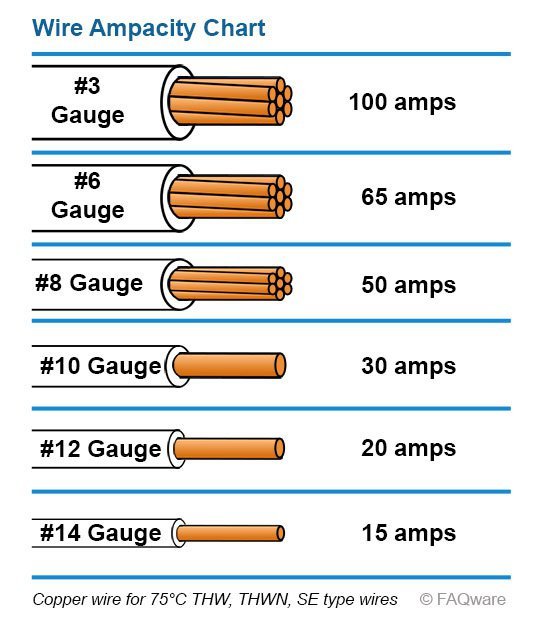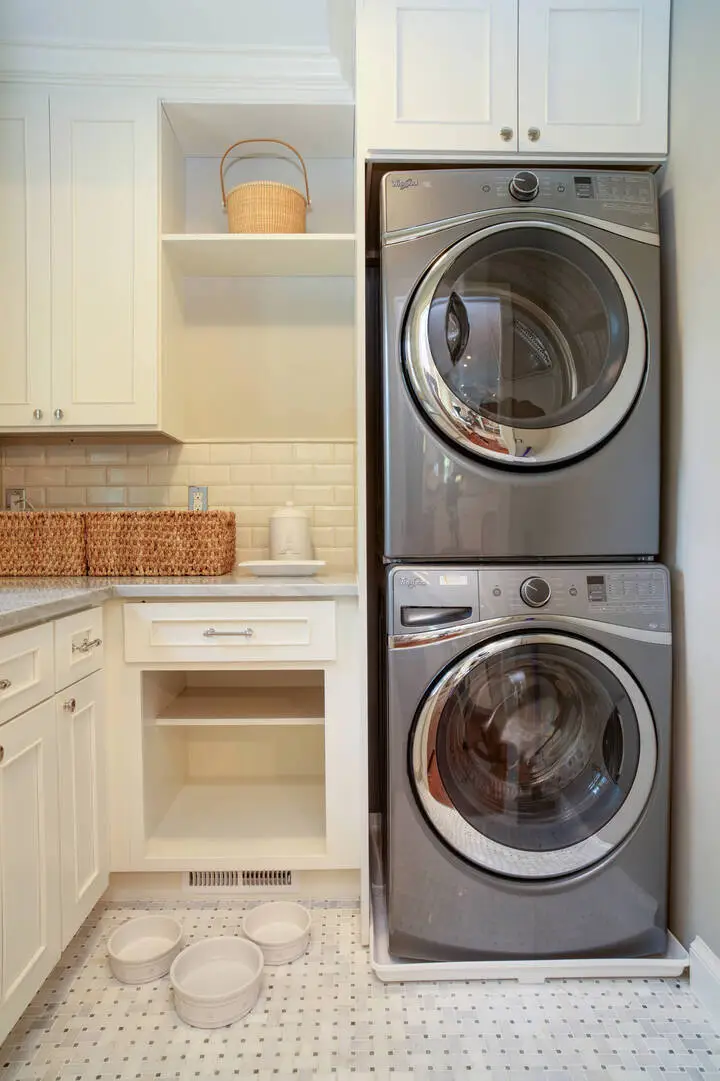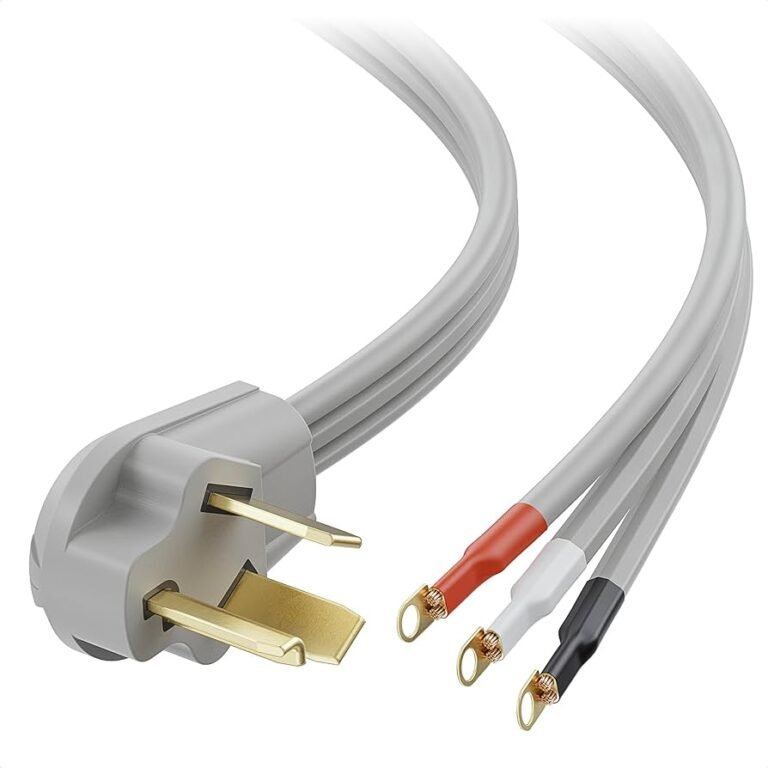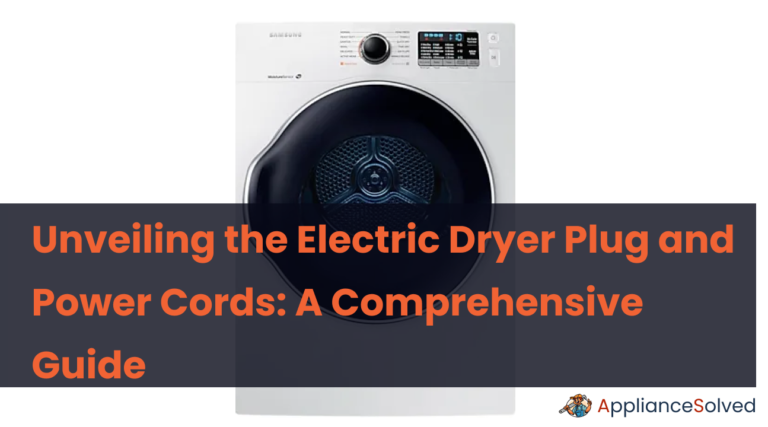Choosing the Right Wire Size and Cable for a 30 Amp Circuit Breaker
Selecting the appropriate wire size and cable for a 30 Amp circuit breaker is crucial for the safety and efficiency of your electrical system. Using the wrong wire size can lead to overheating, tripping, and potential hazards. In this article, we’ll guide you through the process of choosing the right wire size and cable while adhering to the National Electric Code (NEC) guidelines.
Key Takeaway Box:
| Important Points |
|---|
| ✓ For a 30 Amp circuit breaker, use 8 AWG copper or aluminum wire. |
| ✓ Understand the NEC 80% rule – continuous load should not exceed 80% of the breaker’s rating. |
| ✓ Different applications require dedicated circuits. |
| ✓ Types of cables include NM-B Romex, UF-B, MC metal-clad, and THWN in conduit. |
| ✓ Always check local electrical codes for compliance. |
What Size Wire for a 30 Amp Breaker?
When determining the appropriate wire size for a 30 Amp circuit breaker, it’s essential to choose materials that can handle the load while adhering to safety standards. In this section, we’ll explore why 8 AWG copper and aluminum wires are recommended for this purpose.
- Copper Wire: Copper is a highly conductive material, making it an excellent choice for electrical wiring. For a 30 Amp circuit, 8 AWG copper wire is the preferred option. It has an ampacity of 40 Amps at 75°C and 45 Amps at 90°C. This means it can comfortably carry the current without overheating.
- Aluminum Wire: Aluminum is also a viable choice for electrical wiring. In the case of a 30 Amp circuit breaker, 8 AWG aluminum wire is suitable. It has an ampacity of 35 Amps at 75°C and 40 Amps at 90°C. While aluminum has slightly lower ampacity compared to copper, it’s still a safe and efficient option.
| Wire Type | Ampacity at 75°C | Ampacity at 90°C |
|---|---|---|
| Copper | 40 Amps | 45 Amps |
| Aluminum | 35 Amps | 40 Amps |
It’s important to note that wire ampacity can vary depending on the temperature rating. The values mentioned here are standard, but local codes and regulations may specify different temperature ratings based on your region’s climate conditions. Also, read about what size breaker for electric dryer guide.

what is the NEC 80% Rule?
The NEC 80% rule is a critical guideline that every electrician and DIY enthusiast should be aware of. This rule helps prevent circuit overloading, which can lead to dangerous situations like overheating and fires. Here’s a closer look at the NEC 80% rule:
Imagine you have a 30 Amp circuit breaker. According to the rule, the continuous load on this circuit should not exceed 80% of its rating. In this case, 80% of 30 Amps is 24 Amps. Therefore, you should never load a 30 Amp circuit with more than 24 Amps on a continuous basis.
This rule accounts for fluctuations and temporary spikes in power demand. By leaving that 20% margin, you ensure that your electrical system operates safely and efficiently.
what are the Applications of a 30 Amp Breaker?
A 30 Amp circuit breaker serves a wide range of applications, each with its specific power requirements. Understanding these applications can help you determine when and where to use a 30 Amp circuit breaker. Here are some common scenarios:
Central Air Conditioning Units
Many central air conditioning systems require a 30 Amp circuit to power the compressor and fan.
Electric Clothes Dryers
Electric dryers typically draw 30 Amps to generate heat and dry clothes effectively.
Kitchen Appliances
Large kitchen appliances like electric ranges or wall ovens may require a 30 Amp dedicated circuit.
Workshops and Garages
For power tools and heavy-duty equipment, a 30 Amp circuit provides the necessary current.
RV Hookups
Campgrounds and RV parks often have 30 Amp receptacles for RVs, allowing them to run essential appliances and systems.
It’s important to recognize that some high-power devices, like electric ovens or hot tubs, may require dedicated circuits to ensure they receive sufficient power without overloading the electrical system.
what are the Types of Cables for a 30 Amp Circuit Breaker?
The choice of cable type depends on where and how you intend to use the 30 Amp circuit. Different cable types cater to various installation requirements. Here’s a breakdown of common cable options:
NM-B Romex Non-Metallic Sheathed Cable
This cable is suitable for indoor applications and is often used for residential wiring where the cable is protected within walls.
UF-B Cable
Designed for outdoor and moisture-prone locations, UF-B cable is resistant to moisture and is commonly used for outdoor circuits, such as garden lighting.
MC Metal-Clad Cables
These cables are used for exposed runs and areas where there’s a risk of mechanical damage. They come with a metallic sheath for added protection.
THWN in Conduit
THWN (Thermoplastic Heat and Water-resistant Nylon-coated) wires are used in conduit installations. Conduit provides physical protection and is typically used in exposed applications or where flexibility is required.
Selecting the right cable type is crucial to ensure safety and compliance with electrical codes, especially when it comes to outdoor or exposed installations.
Local Code Compliance
When it comes to electrical installations, local codes and regulations play a significant role in determining which wire size and cable type to use. It’s essential to consult your local electrical authority or codebook to ensure compliance.
Local codes can vary widely, and certain cable types may be prohibited or have specific requirements in particular regions. Staying informed about local codes ensures that your electrical installation not only operates safely but also meets all legal requirements.
Frequently asked questions 30 amp wire size
Is 12 2 wire good for 30 amps?
No, for a 30 Amp circuit breaker, it’s recommended to use 8 AWG wire.
Is number 8 wire good for 30 amps?
Yes, 8 AWG wire is suitable for 30 Amp circuits.
How far can you run 10 gauge wire on a 30 amp circuit?
The distance you can run 10 gauge wire on a 30 Amp circuit depends on voltage drop considerations. Consult voltage drop tables and local codes for guidance.
Can you run 20 amps on 10 gauge wire?
Yes, 10 gauge wire can handle a 20 Amp circuit, but check local codes for specific requirements.
Conclusion
Choosing the right wire size and cable for a 30 Amp circuit breaker is a fundamental aspect of electrical safety and functionality. By opting for 8 AWG copper or aluminum wire, adhering to the NEC 80% rule, understanding the diverse applications of a 30 Amp breaker, selecting the appropriate cable type, and following local codes, you can create a reliable and secure electrical system tailored to your specific needs. Remember, safety and compliance should always be top priorities in any electrical project.







